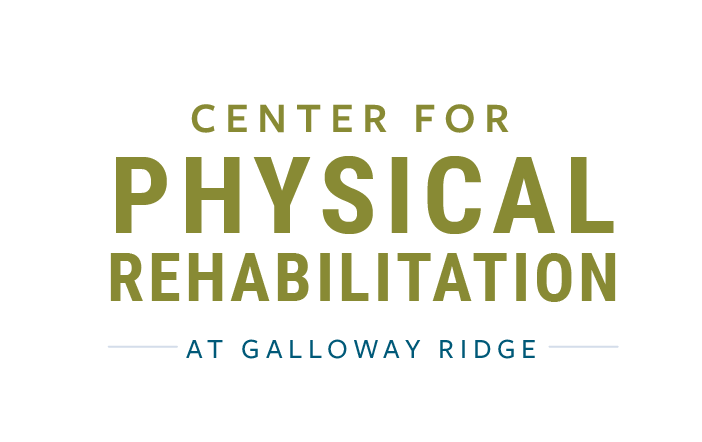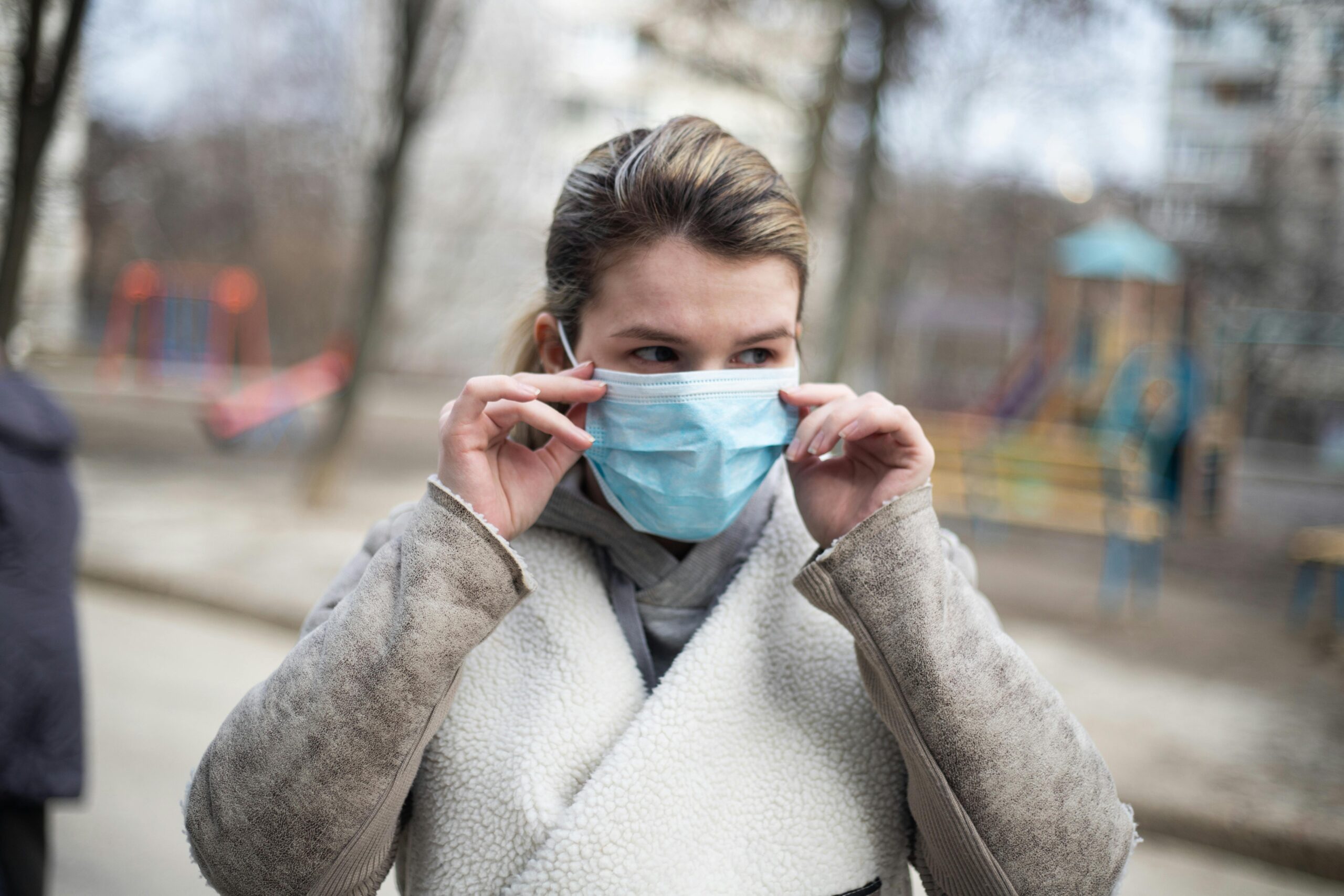The COVID-19 pandemic has not only reshaped our world but also prompted a collective reflection on health and well-being. As a sense of normalcy has returned to society, many have resumed regular exercise routines. With the chance of contracting COVID-19 still a reality, it’s important to be prepared for how illness may affect exercise routines.
This blog serves as a comprehensive guide, addressing concerns about safety, exploring the role of exercise during sickness, and providing practical insights on starting and sustaining a post-COVID-19 recovery fitness journey.
Is it Safe to Exercise After COVID-19?
Navigating the landscape of post-COVID-19 exercise safety involves an understanding of guidelines from health authorities. Delve into the recommendations provided by organizations such as the World Health Organization (WHO) and the Centers for Disease Control and Prevention (CDC).
Health authorities generally advise to wait 10 days before returning to exercise after infection. This means you should continue to rest even if you are asymptomatic. If your case of COVID is more severe, work with your healthcare provider before returning to exercise.
After consulting with a healthcare provider, you will be able to make informed decisions about when and how to start exercising again. Remember it’s important to always lean towards a cautious approach instead of risking worsening the illness.
Does Exercise Help During Sickness?
Exercise can play a crucial role in supporting the body during sickness, including recovery from illnesses like COVID-19. It’s best to consult a healthcare professional before returning to a regular exercise routine after a serious infection. But here are several ways in which physical activity can be beneficial:
Boosts the Immune System
Regular, moderate exercise has been shown to enhance the immune system’s functionality. It increases the production of white blood cells and antibodies, which are essential components of the immune system. This heightened immune response can aid in combating infections and illnesses.
Reduces Inflammation
Inflammation is a natural response of the body to infection, but excessive inflammation can contribute to symptoms and hinder recovery. Exercise has anti-inflammatory effects, helping to regulate the body’s inflammatory response and potentially alleviate symptoms.
Improves Circulation
Physical activity promotes better blood circulation, ensuring that immune cells can reach various parts of the body more efficiently. Improved circulation also facilitates the delivery of oxygen and nutrients to cells, supporting overall recovery.
Enhances Respiratory Function
For respiratory illnesses like COVID-19, gentle aerobic exercises can improve lung function and capacity. Breathing exercises, as well as activities like walking or cycling, can aid in maintaining and strengthening respiratory muscles.
Manages Stress and Improves Mood
Sickness often comes with mental and emotional challenges. Exercise is known to release endorphins, which act as natural mood lifters. Managing stress through physical activity can contribute to a positive mindset, indirectly supporting the body’s healing processes.
Facilitates Better Sleep
Quality sleep is crucial for recovery. Regular exercise can help regulate sleep patterns, promoting restorative sleep that is essential for the body to repair and regenerate.
Important Tips For Returning To Exercise
Listen to Your Body
Pay attention to how your body feels. If you experience fatigue, shortness of breath, or persistent symptoms, it may be an indication to delay or modify your exercise routine.
Start Gradually
Begin with low-intensity activities and gradually increase the duration and intensity. This allows your body to adapt without risking overexertion.
Consider Specific Conditions
Certain illnesses, such as respiratory infections, may require a longer recovery period before engaging in more strenuous activities. Adapt your exercise routine based on the nature of the illness and any specific recommendations from healthcare professionals.
Focus on Consistency Over Intensity
Prioritize consistency in your exercise routine rather than pushing for high-intensity workouts immediately. Consistent, moderate exercise can contribute to long-term well-being without the risk of setbacks.
How To Start Exercising After COVID-19
Resuming physical activity after a period of illness demands a thoughtful and gradual approach. Begin by discussing the recovery journey with healthcare professionals to assess individual readiness.
If symptoms reappear or worsen during or after exercise, it’s essential to reassess and possibly modify your routine. Persistent symptoms may indicate the need for further rest and medical evaluation.
Explore the significance of setting realistic goals and understanding the need for pacing you gradually work exercise into their routine. Tips on adjusting exercise intensity and incorporating different forms of activity can be discussed with a professional, like a specialized rehabilitation therapist.
What Are Some Good Exercises for Post-COVID-19 Recovery?
Choosing the right exercises after illness, including recovery from conditions like COVID-19, is crucial to support your body’s healing process without causing undue stress. Here’s a list of exercises that are generally considered gentle and beneficial for post-illness recovery:
Walking
Gentle walking is an excellent low-impact exercise. Start with short walks and gradually increase the duration as your stamina improves. It helps improve circulation, maintain joint flexibility, and boost overall well-being.
Yoga
Yoga offers a combination of gentle movements, stretching, and controlled breathing. It can aid in improving flexibility, reducing stress, and promoting relaxation. Choose beginner or restorative yoga classes for a more gentle approach.
Cycling
Cycling, especially on a stationary bike, provides a low-impact cardiovascular workout. It helps improve endurance and leg strength without putting excessive strain on joints.
Swimming or Water Aerobics
Water-based exercises are gentle on the joints while providing resistance for muscle strengthening. Swimming or water aerobics can be particularly beneficial for those recovering from respiratory issues.
Pilates
Pilates focuses on core strength, flexibility, and balance. Many exercises can be modified for various fitness levels, making it a suitable choice for post-illness recovery.
Tai Chi
Tai Chi is a low-impact, slow-paced exercise that incorporates gentle movements and deep breathing. It enhances balance, flexibility, and relaxation, making it suitable for various fitness levels.
Light Strength Training
Incorporate light resistance training using bodyweight exercises or resistance bands. Focus on major muscle groups, gradually increasing intensity as your strength improves.
A physical therapist experienced in helping patients recover after injury and illness can help you with exercises to restore your health. They’ll tailor a specific plan to boost your recovery time and get you feeling healthy again. Contact a trusted provider today.
Your Path To Recovery Begins With Us
Ready to regain control over your physical well-being? Experience personalized care and expert guidance on your journey to recovery at Center for Physical Rehabilitation at Galloway. Our team is dedicated to helping you rebuild strength, flexibility, and confidence after illness. Take the first step towards a healthier you. Contact us today to schedule your consultation and embark on a path to lasting recovery. Your well-being is our priority.

